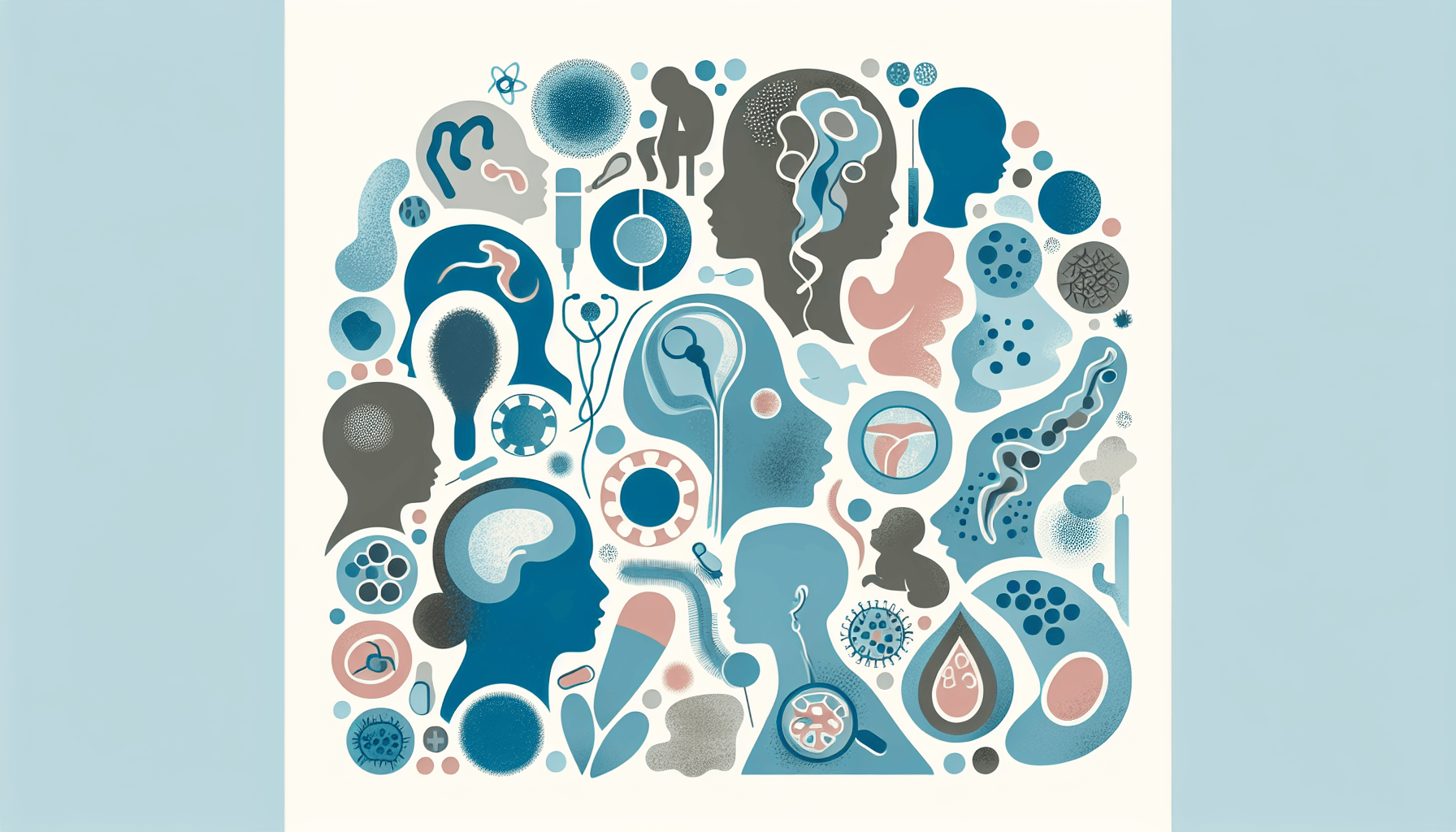Can an AI Doctor Prescribe Antifungal Medication?
Yes, AI doctors can help you get prescription antifungal medications. While the AI itself cannot legally prescribe, AI doctor platforms connect you with licensed physicians [...]
Read More
Medically reviewed by Abhijit Bhattacharyya | MD, PhD, MBA, Tufts University School of Medicine - Miami, Florida on January 16th, 2024.
Birthmarks are colored skin spots that are either present at birth or develop shortly after. They come in various colors, including brown, tan, black, pale blue, pink, white, red, or purple. Some birthmarks are flat, while others are raised or extend into the tissues under the skin.
The exact cause of most birthmarks is unknown, and they are not usually inherited. Despite the many folk tales and myths surrounding birthmarks, none of these stories have been scientifically proven to explain their true causes.
In most cases, birthmarks do not need treatment and often fade as a child grows older. However, treatment may be necessary if the birthmark's location interferes with bodily functions, such as a raised birthmark near the eye affecting vision. In rare cases, birthmarks can be associated with other conditions involving growths on internal organs.
Birthmarks are divided into two main categories:
Red birthmarks: Colored, vascular (related to blood vessels) skin markings that develop before or shortly after birth.
Pigmented birthmarks: Skin markings that are present at birth, ranging in color from brown or black to bluish or blue-gray.
Congenital melanocytosis (previously called Mongolian spots): Bluish, bruise-like marks that often appear on the buttocks, lower back, trunk, or arms, most commonly in people with darker skin.
Pigmented nevi (moles): Flesh-colored, brown, or black growths that can appear anywhere on the skin, alone or in groups. Moles may darken after sun exposure, during the teen years, while taking some birth control pills, or during pregnancy.
Congenital nevi: Moles that are present at birth, which have a slightly increased risk of developing into skin cancer. Larger congenital nevi have a greater risk than smaller ones.
Cafe-au-lait spots: Light tan or brown spots, usually oval in shape, that may be present at birth or develop in the first few years of life. Multiple large cafe-au-lait spots may indicate neurofibromatosis or other conditions.

In most cases, healthcare professionals can diagnose birthmarks based on their appearance. If a mole shows potentially cancerous changes, a biopsy may be performed. Treatment is usually not necessary for the birthmarks themselves, but if needed, it varies based on the type of birthmark and any related conditions.
Large or prominent moles that affect appearance and self-esteem can be covered with special cosmetics or removed surgically. It is essential to monitor birthmarks for any changes in color, size, or texture and to report any pain, bleeding, itching, inflammation, or ulceration to a doctor immediately, as these may be signs of skin cancer.
While there is no known way to prevent birthmarks, people with birthmarks should use a high-quality sunscreen with an SPF of 30 or higher when outdoors to minimize the risk of complications.
For more information on birthmarks, visit reputable sources such as the American Academy of Dermatology, Mayo Clinic, or Stanford Children's Health.
Yes, AI doctors can help you get prescription antifungal medications. While the AI itself cannot legally prescribe, AI doctor platforms connect you with licensed physicians [...]
Read MoreUnderstanding Tirzepatide and Its Role in Diabetes ManagementTirzepatide is an innovative medication that has been gaining significant attention in the treatment of type 2 [...]
Read MoreUnderstanding Tirzepatide and Its EffectsTirzepatide is an innovative medication primarily used to manage type 2 diabetes and support weight loss. It works by mimicking the [...]
Read More